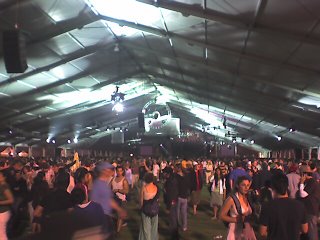Google's Project 10 to the 100th
It’s simply aggregating existing eco-friendly products, services and organizations, selling them in a dummy proof, biodegradable retail box, then tying the after-purchase behavior to a global online destination that drives products, services, awareness, education and community.
This requires bundling electricity saving (CFL’s), water saving (aerators), trash saving (grocery totes), fuel saving (tire gauge), energy saving (window draft insulation) and eco-awareness products (Live Earth book); along with carbon offset credits (COC’s) and renewable energy credits (REC’s); along with vetted Organizations such as Conservation International (rainforest protection), Oceana (ocean protection), The Nature Conservancy (climate change), and American Forests (reforestation).
The boxes would be available at broad-market retail and major online ecommerce. Corporations could vie for co-branding on the box and gain exclusive distribution rights. At distribution points, collection bins for excess (free) CFL’s, aerators, showerheads and shopping totes inspires a “take a penny, leave a penny” sense of community.
The retail price is $59.99. Retailers make 20% at $50 wholesale. The landed production cost is $33, leaving $17 profit per kit for reinvestment. The box contents provide an aggregated household cost savings benefit of $1,482.47. If 50% of US households and small businesses adopted the kit, $5 billion would enter the green economy. Eco-inclusion and conservation would skyrocket.
Online registration captures user data, is a social eco-network, and leads to more eco products, service providers and suppliers. Children can upload photos to funded wind farm entrance LCD’s. Parents can find local, licensed insulated window installers.













